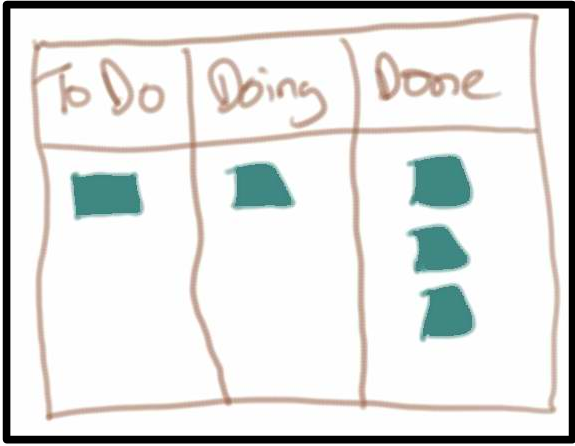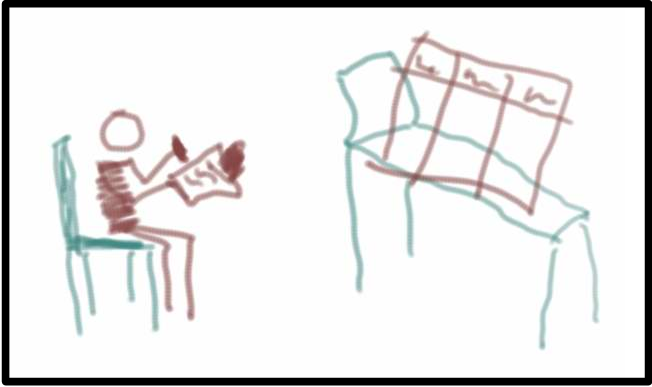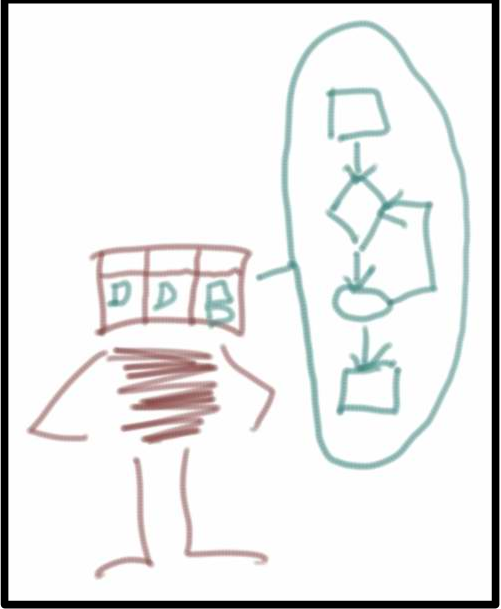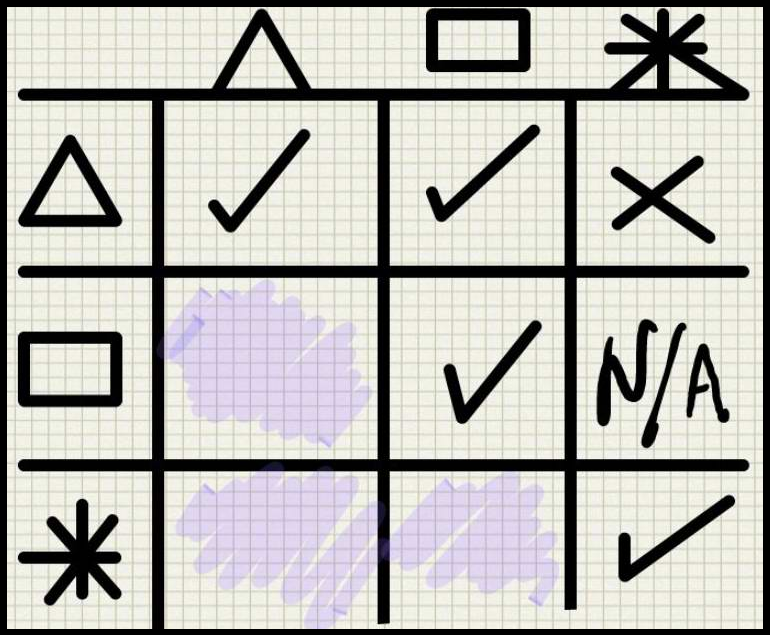Catherine Walker has asked if ‘…professional designation edges the Kanban community towards the Complicated domain…’ in a recent post. On a slightly different tangent, I think that aspects of Kanban sit in each of the Simple, Complicated and Complex Cynefin domains and the complicated aspects are the ones that could be used for certification purposes if needed.
Here is an explanation using a Kanban board as a simplistic example – of course, Kanban is much more than a board…..
 Simple Domain – Simple Board
Simple Domain – Simple Board
Setting up a board to visualise the work is easy – anyone can put up 3 columns and place work items into ‘to do’, ‘doing’ or ‘done’. This puts it into the simple domain.
 Psychology of the Board
Psychology of the Board
Understanding the reasons why visualising the work on a Kanban board helps us in many human ways takes education and expertise. Thus it belongs mostly in the complicated domain. This is an example of an area that could focus on certification – where patterns have stabilised and outcomes are predictable.
 Board Informing Work
Board Informing Work
One of the most powerful things about the simple Kanban board is how it can show us ways that the work is flowing (or not) so that we can improve the ways we work. What the board will show us will be different for each context that it is used in and thus sits in the complex domain.


